Barangsan Garden (바랑산가든)
15.1Km 2024-04-07
192 Daeyul 2-gil, Geumgu-myeon, Gimje-si, Jeonbuk-do
Barangsan Garden is a maeuntang (spicy fish stew) restaurant where visitors can enjoy their meal while admiring the scenery of Daeyul Reservoir. Their flagship dish is the megi tang (spicy catfish stew) made by boiling wild catfish and dried radish in a perilla seeds broth with seasoning. Other popular menu items include jap tang (assorted spicy seafood stew) made with freshwater fish and minmul jangeo gui (grilled freshwater eel).
Wanju Wild & Local Food Festival (완주 와일드&로컬푸드축제)
15.1Km 2025-03-31
89 Gosanhyuyangnim-ro, Gosan-myeon, Wanju-gun, Jeonbuk-do
+82-63-290-3976
Wanju Wild & Local Food Festival is a festival taking place in the area of Gosan Recreational Forest. The festival provides environmentally-friendly food experiences using local agricultural products, along with various wild plants and animals from Wanju. The festival aims to give visitors an opportunity to try Wanju's fresh wild foods and local foods in a prestigious natural environment.
Gwisinsa Temple - Gimje (귀신사 - 김제)
16.4Km 2024-04-07
40, Cheongdo 6-gil, Gimje-si, Jeonbuk-do
+82-63-548-0917
Gwisinsa, located in Cheongdo Village, Geumsan-myeon, Gimje-si, is now a temple of the Jogye Order, but once belonged to the Haweom Order. The temple is widely believed to have been established by the great monk Uisang Daesa during the 16th year of King Munmu (676). However, some experts site the existence of the Namgeunseok stone animal sculpture as proof that the temple was originally the private temple of King Beop of the Baekje Kingdom.
Throughout history, the temple has had many names—Guksinsa, Gwisinsa, Gusunsa, and Gwisinsa (same English spelling, different meaning)—but not much is known about when the temple was called by which name. On the temple grounds are a 3-story stone pagoda and some stone sculptures including seoksu (animal statues) and budo (a stupa in honor of a great master). Inside the temple are Daejeokgwangjeon Hall (Treasure No.826), Myeongbujeon Hall, and Gongyangjib Chamber (a chamber for Buddhist offerings).
Café By Chance (우연하게도)
17.3Km 2024-04-07
188-13 Urim-ro, Geumsan-myeon, Gimje-si, Jeonbuk-do
Café By Chance, located in Cheongdo-ri, Gimje-si, is an excellent place to relax while seeing the beautifully decorated garden and fountain spouting cool water. Guests can also sit with their dogs at the outdoor tables, making it a great place to spend leisurely time with one’s beloved dog. This place is also famous for its oven-baked pizzas, and its signature menu item is Oven-baked Gorgonzola Cheese Pizza. The chewy texture of the dough improves the flavor of the pizza. Moreover, there are various menu items such as figs, sweet potatoes, pepperoni, and margherita. Guests can choose two flavors and enjoy a half-and-half oven-baked pizza.
* Pets allowed
Gosan Changpo Village (창포마을)
17.4Km 2024-11-05
385 Daeajeosu-ro Gosan-myeon, Wanju-gun, Jeollabuk-do
Since there is a colony of irises (Changpo), it is a quiet rural village that produces traditional handmade products using irises. Various experiences such as making natural shampoo and soap are available. It is essential to take a picture in a pose like a pictorial at the rustic concrete bridge where the BTS members sat, and the old shop Yongam Sanghoe where you can feel the years.
Wanggung Dawon (왕궁다원)
17.4Km 2024-04-07
21-5 Sagok-gil, Wanggung-myeon, Iksan-si, Jeonbuk-do
Wanggung Dawon is a hanok café built in the 1800s. It was once the residence of Song Byungwoo, a rich person in the region, and has been operating as a traditional tea house since 2008, preserving the charm of the old hanok. The café offers a wide variety of teas, with the signature menu item being ssanghwatang (herbal tonic tea), a traditional Korean beverage. Ssanghwatang is made with ingredients such as jujube, ginseng, and chestnuts, known for its warming properties.
Dongsang Unjangsangyegok Valley (동상운장산계곡)
17.5Km 2024-04-07
Daea-ri, Dongsang-myeon, Wanju-gun, Jeonbuk-do
Dongsang Unjangsangyegok Valley is a valley located at the easternmost part of Wanju. Spanning approximately 9 kilometers, it combines Dongsanggyegok Valley and Unjangsangyegok Valley. With its picturesque valley and refreshing waterfalls, it attracts visitors from all over the country during the summer months for recreation. In autumn, the colorful foliage further enhances the joy of hiking.
Moaksan Provincial Park (모악산 도립공원)
17.6Km 2024-04-07
Moak 15-gil, Geumsan-myeon, Gimje-si, Jeonbuk-do
+82-63-540-3103
Moaksan Mountain, embracing Geumsansa Temple, Gwisinsa Temple, Suwangsa Temple, and Daewonsa Temple, is 795.2 meters high and stands tall on the east side of the Gimje Plains, offering a panoramic view of the Honam Plains. It was designated as a provincial park in 1971 and is one of the four scenic views in the southern region, with outstanding scenery and many cultural properties, including national treasures. In particular, Geumsansa Temple, built in the first year of King Beop of Baekje (599) and with about ten major cultural properties, is located here, where you can see splendid Buddhist art. If you cross Moaksan Mountain, there are temples such as Daewonsa Temple and Suwangsa Temple on the southeastern slope. Gwisinsa Temple is on the west side. Geumpyeong Reservoir, located near the Geumsansa Temple entrance, is also a suitable fishing spot.
Moaksan Mountain has been considered the home of the Maitreya beliefs since ancient times, and along with the headquarters of Jeungsangyo, it also attracted attention as a gathering place for various new religions in the 30s and 40s. According to records, as many as 80 temples are at the foot of Moaksan Mountain. To hike, leave Geumsansa Temple and climb along the ridge behind Simwonam Hermitage. In spring, azaleas are in full bloom all the way to the top. From the summit, the Gimje Plains and the Mangyeonggang River come into view, as well as Jeonju and Unjangsan Mountain. The cherry blossom tunnel from the parking lot to Iljumun Gate is also spectacular.
Gimje Geumsansa Temple (금산사(김제))
17.7Km 2024-04-07
1 Moak 15-gil, Geumsan-myeon, Gimje-si, Jeonbuk-do
+82-63-548-4441
Geumsansa Temple, which stands tall at the entrance to Moaksan Provincial Park, was founded in the first year of King Beop of Baekje (599). It was rebuilt by Jinpyo in 776, leading to the appearance of a great temple. The precinct has about ten designated cultural heritages, including the Mireukjeon Hall, which is designated as a National Treasure. Many other annexed buildings make it one of the best ancient temples in the southern region. The wooden Mireukjeon Hall is Korea's only three-story Buddhist temple with a full-story interior. In spring, many tourists visit to see the spectacular sight of cherry blossom trees stretching from the mountain entrance to Geumsansa Temple. Even in the middle of winter, believers come to visit the Maitreya Bodhisattva statue in Mireukjeon Hall, bowing or circling the pagoda. The Maitreya Bodhisattva statue in Mireukjeon Hall is considered the world's largest indoor standing Buddha statue. Among the three Buddha statues, the middle Maitreya Bodhisattva statue is 11.82 meters tall, and the left and right Buddha statues are 8.8 meters tall. Various cultural events are held at the 1400th Anniversary Memorial Hall, built in 1999.
* Major cultural properties: Mireukjeon Hall (National Treasure), Stone Pillar (Treasure), Stone Lotus Pedestal (Treasure), Stele for Royal Preceptor Hyedeok at Geumsansa Temple (Treasure), Five-story Stone Pagoda of Geumsansa Temple (Treasure), Bangdeung Stairs at Geumsansa Temple (Treasure), Hexagonal Multi-story Stone Pagoda of Geumsansa Temple (Treasure), Flagpole Supports of Geumsansa Temple (Treasure), Three-story Stone Pagoda at Simwonam Hermitage of Geumsansa Temple (Treasure), Daejangjeon Hall of Geumsansa Temple (Treasure), and Stone Lantern of Geumsansa Temple (Treasure)
Daea Arboretum (대아수목원)
18.0Km 2024-04-07
94-34, Daeasumok-ro, Dongsang-myeon, Wanju_Gun, Jeonbuk-do
+82-63-280-4590
Daea Arboretum is located in Sancheon-ri, Wanju. Daea Arboretum has an extensive forest of 300,000 ornamental trees. The forest is equipped with spring water, an observatory, forest museum, and a forest classroom. The arboretum focuses on preserving the forest ecosystem, research and utilize domestic plants, and promote forest education to the public. Daea Arboretum has a total of 2,683 species of diverse plants.
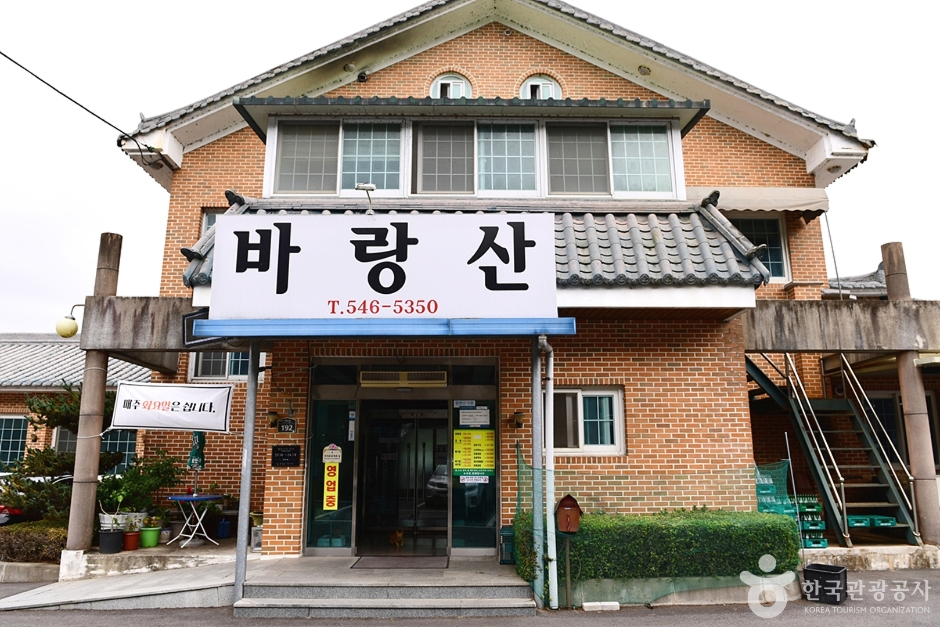
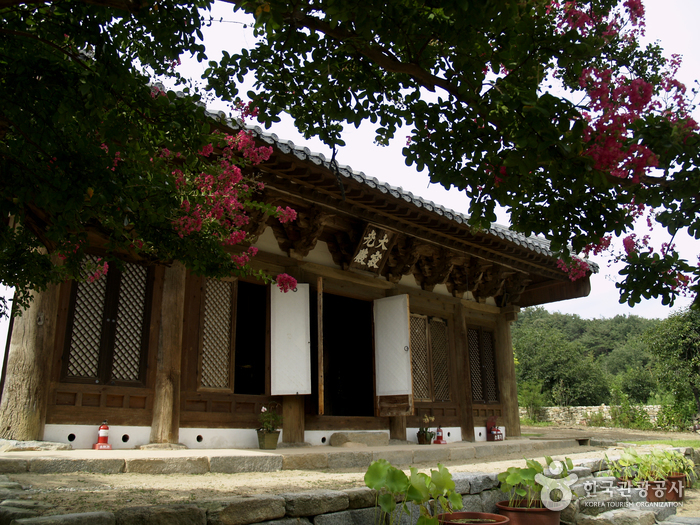

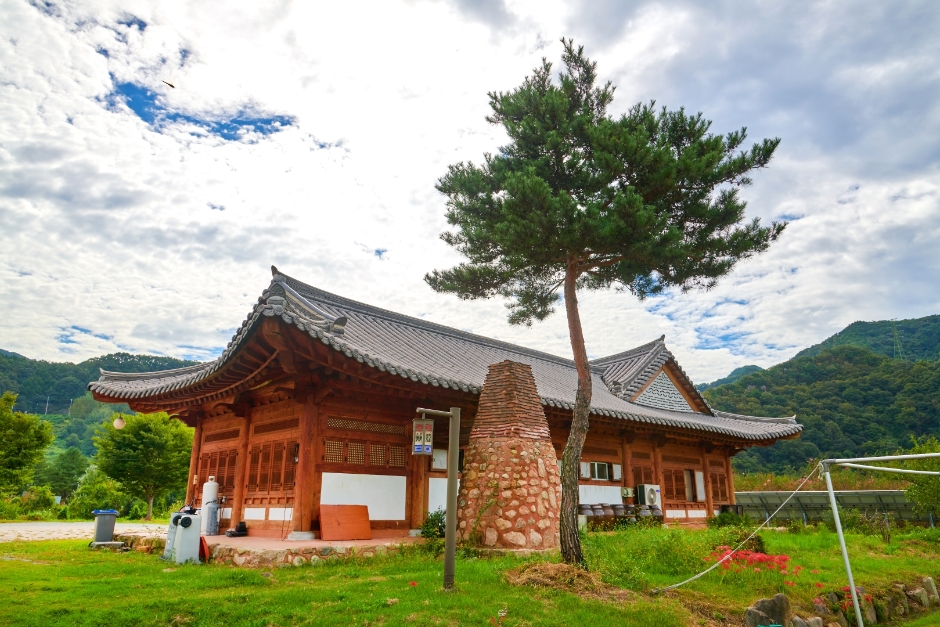
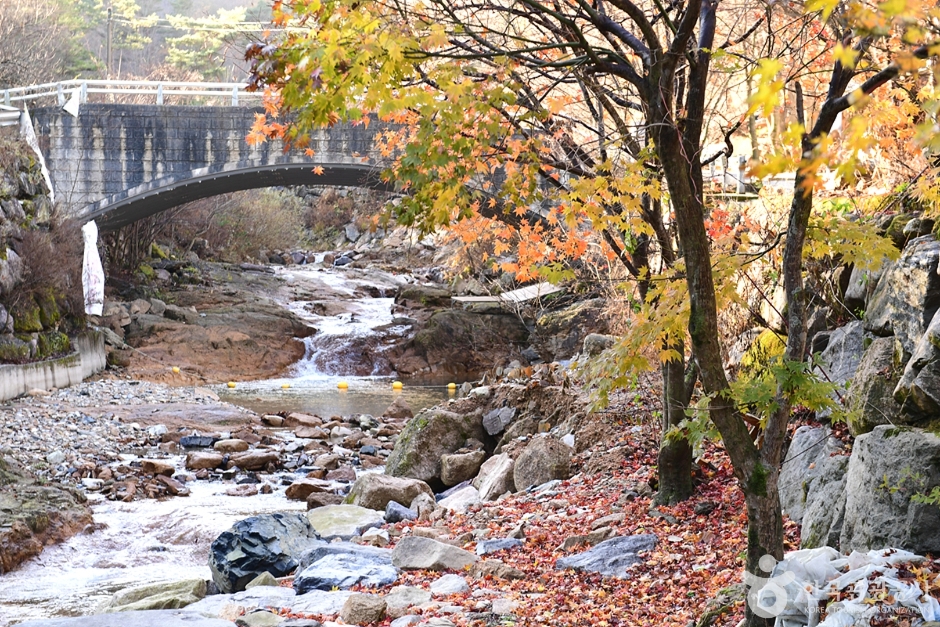
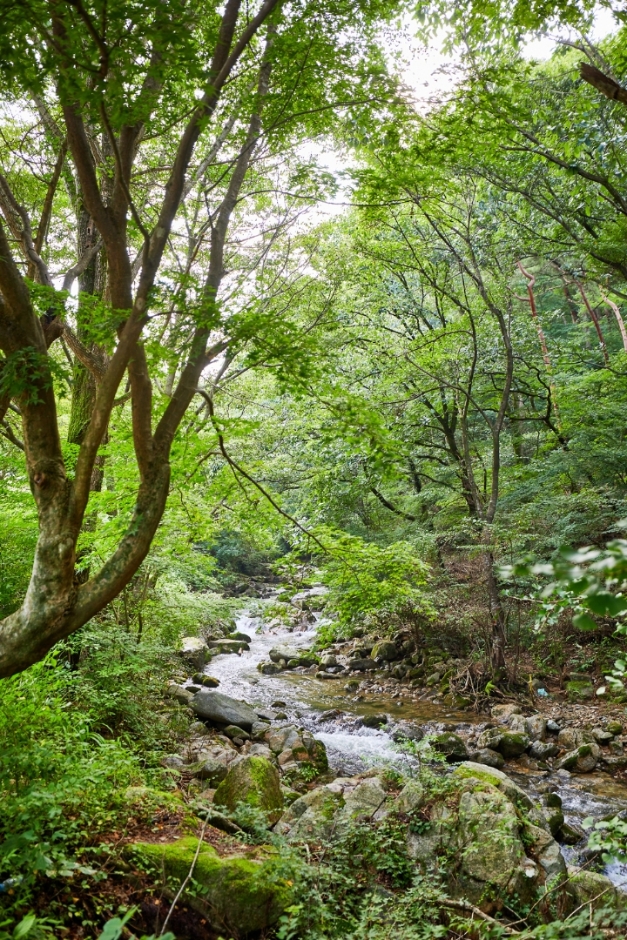
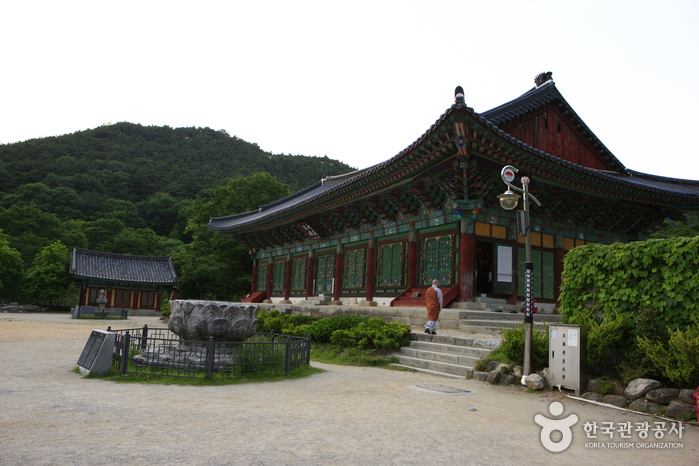
 English
English
 한국어
한국어 日本語
日本語 中文(简体)
中文(简体) Deutsch
Deutsch Français
Français Español
Español Русский
Русский